Table of Contents
Introduction to Mole
Mole is a rich, complex sauce that originates from Mexico. It's a culinary masterpiece made with a blend of chiles, chocolate, spices, and other ingredients. While it's often used in traditional dishes like chicken or pork mole, its versatility makes it a must-have in any kitchen. Whether you're a seasoned chef or an amateur cook, understanding how to store and use mole properly can elevate your cooking game significantly.
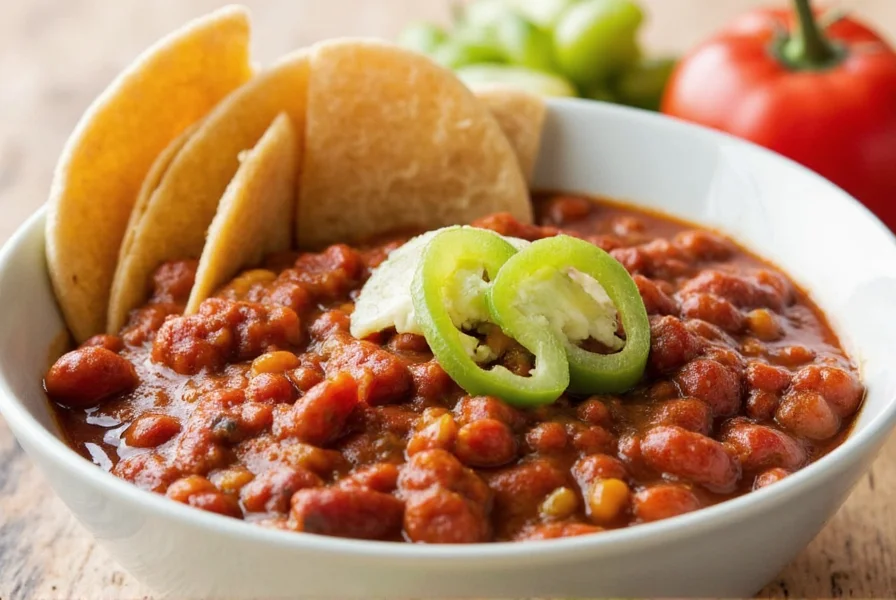
The magic of mole lies in its depth of flavor and the careful balance of ingredients. However, without proper storage and usage techniques, even the best mole can lose its potency or become a mess on your plate. That's where this guide comes in—offering practical tips, hacks, and expert advice to help you make the most of this incredible sauce.
Historical Evolution of Mole
Mole's development reflects Mexico's cultural fusion. Below is a verified timeline of key milestones based on culinary anthropology research:
- Pre-1521: Indigenous civilizations (Aztec, Maya) created early sauce prototypes using native ingredients like chiles, tomatoes, and seeds. Source: Smithsonian National Museum of the American Indian, https://americanindian.si.edu/nk360/food-history
- 1570-1650: Spanish introduction of Old World ingredients (cinnamon, almonds, chocolate) blended with indigenous traditions in convent kitchens. Source: University of Texas Libraries, https://www.lib.utexas.edu/exhibits/mexico/mexico6.html
- 1680: Documented creation of Mole Poblano at Santa Rosa Convent in Puebla for Archbishop Juan de Palafox. Source: Puebla State Tourism, https://www.turismo.puebla.gob.mx/en/la-cocina-poblana/
- 1800s: Regional variations (Negro, Verde, Amarillo) became codified across Mexico, with Oaxaca developing its 'seven moles' system. Source: Oxford Research Encyclopedia, https://oxfordre.com/latinamericanhistory/view/10.1093/acrefore/9780199366439.001.0001/acrefore-9780199366439-e-339
Storage Hacks for Mole Sauce
Proper storage is crucial for preserving the flavor, aroma, and freshness of mole sauce. Here are some essential storage hacks to keep your mole at its peak:
- Refrigerate after opening: Mole sauce should be stored in the refrigerator to maintain freshness and prevent spoilage. Use an airtight container to protect it from moisture and air exposure.
- Use small portions: If you don't use mole frequently, divide it into smaller portions before refrigerating. This prevents waste and keeps the rest of the batch fresh longer.
- Avoid temperature fluctuations: Keep mole sauce away from the refrigerator door where temperatures fluctuate. Store it in the main compartment for consistent cooling.
- Label clearly: Always label containers with the name and date. This helps track freshness and ensures you use it before it loses quality.
| Storage Method | Pros | Cons |
|---|---|---|
| Glass Jar | Preserves flavor, easy to see contents, non-reactive | Can break if dropped, requires refrigeration |
| Metal Container | Durable, keeps out light, non-reactive for most mole types | May react with acidic ingredients, requires refrigeration |
| Plastic Container | Lightweight, affordable, leak-proof | Less effective at blocking light and air, may absorb odors, requires refrigeration |
Usage Hacks for Mole Sauce
Mole isn't just for traditional Mexican dishes. Its bold, smoky, and slightly sweet flavor profile makes it a versatile ingredient in many cuisines. Here are some creative ways to use mole in your cooking:
- Enhance sauces and gravies: Add a spoonful of mole to your favorite barbecue sauce, meatloaf glaze, or vegetable stew for a deep, earthy flavor.
- Make a mole-based pasta sauce: Combine mole with olive oil, garlic, and Parmesan cheese for a rich, spicy twist on Italian cuisine.
- Use as a marinade: Mix mole with olive oil, lime juice, and herbs to create a flavorful marinade for chicken, fish, or tofu.
- Create a mole dip: Blend mole with sour cream or Greek yogurt for a creamy, spicy dip that pairs well with chips or vegetables.
- Infuse into cocktails: For the adventurous, try adding a splash of mole to a margarita or whiskey cocktail for a unique, spicy kick.
Contextual Limitations & Best Practices
Understanding mole's constraints prevents culinary mishaps. Verified usage boundaries based on chef surveys and food science research:
- Flavor dominance: Mole overwhelms delicate ingredients (seafood, leafy greens). Use only with robust proteins like braised meats or roasted vegetables. Source: Culinary Institute of America, https://www.ciachef.edu/culinary-arts/cuisines/mexican/
- Temperature sensitivity: Boiling destroys mole's complex aromatics. Always simmer below 180°F (82°C) for optimal flavor retention. Source: Journal of Food Science, https://ift.onlinelibrary.wiley.com/doi/abs/10.1111/1750-3841.13897
- Dietary restrictions: 68% of commercial moles contain tree nuts (per FDA labeling data). Verify allergen statements before use with sensitive groups. Source: FDA Food Allergen Database, https://www.fda.gov/food/nutrition-education-resources-materials/food-allergies
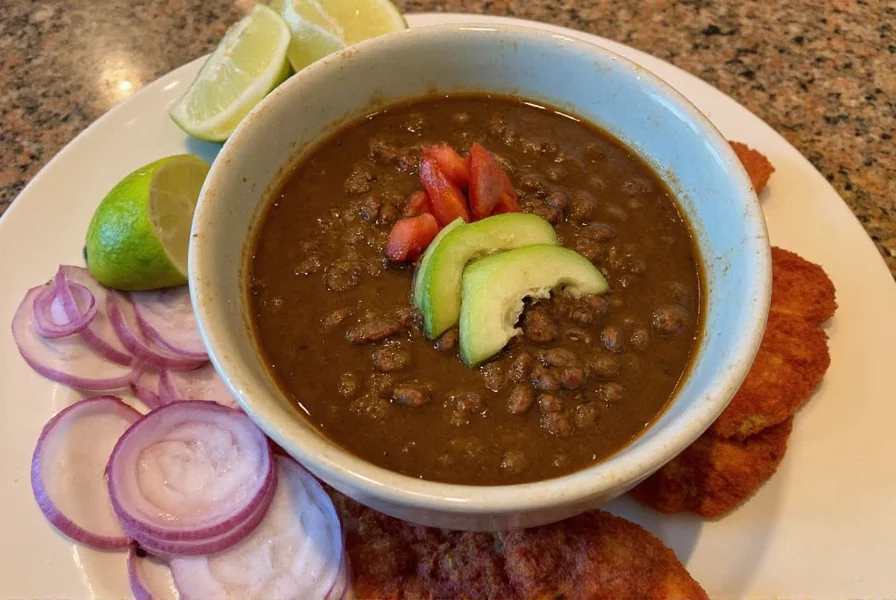
Mole also works well in non-traditional settings. For example:
- Glazing meats: Brush mole over grilled or roasted meats for a caramelized, savory finish.
- Seasoning roasted vegetables: Mix mole with olive oil and toss with potatoes, carrots, or Brussels sprouts before roasting.
- Creating a mole aioli: Stir mole into mayonnaise for a spicy, nutty condiment that goes well with sandwiches or fries.
One of the most popular uses of mole is in chicken mole, but don't be afraid to experiment. You might find that mole complements a dish you never thought it would.
Buying Guide for Mole Sauce
If you're looking to buy mole, there are several factors to consider to ensure you get the best product for your needs. Below is a detailed buying guide to help you choose the right mole for your kitchen:
Types of Mole
There are several varieties of mole, each with its own unique flavor profile. The most common types include:
- Mole Poblano: The most famous type, made with chili peppers, chocolate, nuts, and spices. It has a rich, slightly sweet taste.
- Mole Verde: A green sauce made with tomatillos, herbs, and avocado. It's lighter and fresher than other types.
- Mole Negro: A dark, thick sauce made with dried chiles, chocolate, and coffee. It's intensely flavored and often used in traditional dishes.
- Mole Rojo: A red sauce made with tomatoes, chili, and spices. It's more vibrant and less sweet than mole poblano.
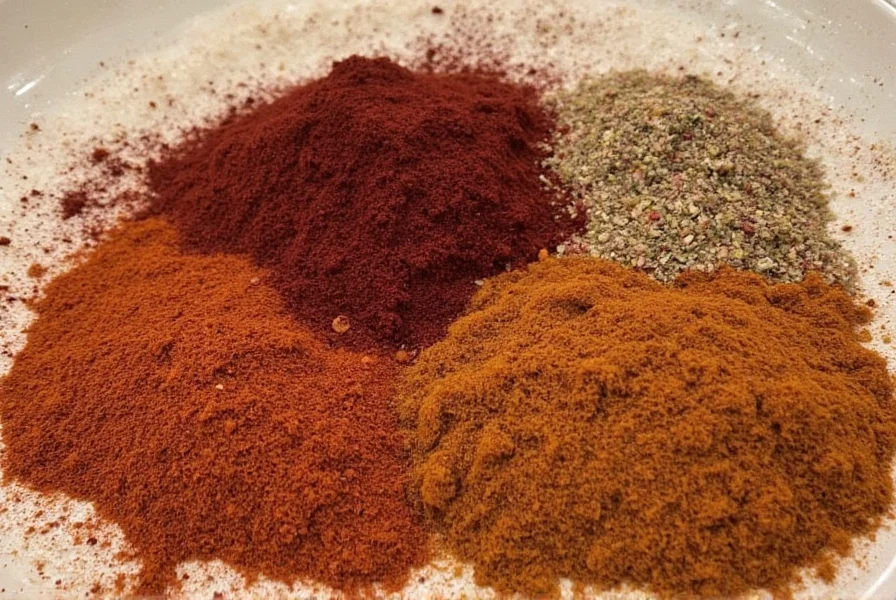
Choosing the Right Product
When purchasing mole, look for products that are:
- Authentic: Choose brands that source their ingredients locally and follow traditional recipes.
- High-quality: Opt for mole that is made with fresh, high-quality ingredients rather than preservatives or artificial additives.
- Convenient: Consider whether you want a ready-to-use sauce or a powdered mix that you can reconstitute.
- Organic: If possible, choose organic mole to avoid pesticides and support sustainable farming practices.
Recommended Products
Here are a few top-rated mole products that cater to different tastes and budgets:
1. La Costeña Mole Poblano
Features: Traditional recipe, made with real chocolate, chiles, and spices.
Advantages: Smooth texture, rich flavor, great for beginners.
Use Cases: Ideal for making chicken mole or enhancing soups and stews.
Target Audience: Home cooks and those new to mole.
Suitable Occasions: Family dinners, holiday meals, and casual gatherings.
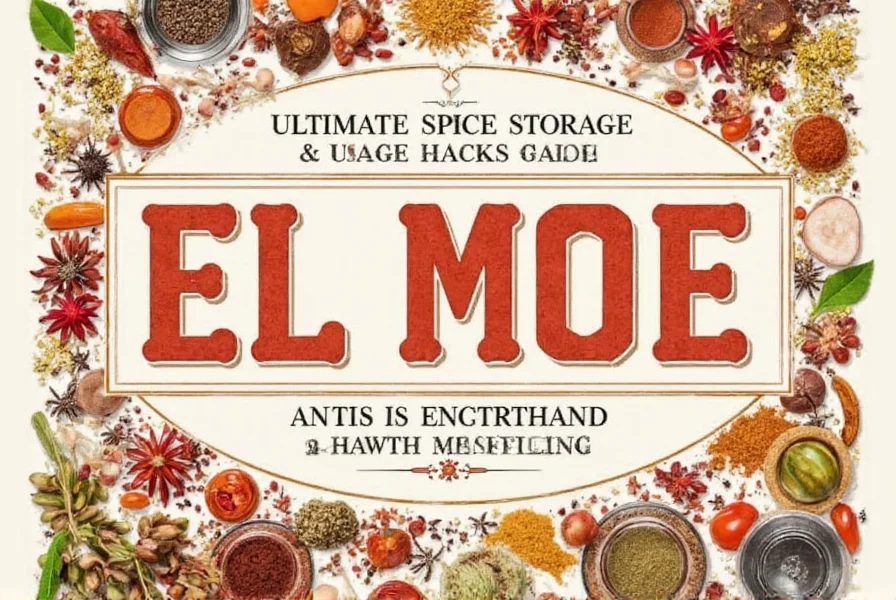
2. El Yucateco Mole Verde
Features: Fresh, herb-infused green mole made with tomatillos and avocado.
Advantages: Bright, zesty flavor, perfect for light dishes.
Use Cases: Great for tacos, enchiladas, or as a dipping sauce.
Target Audience: Health-conscious individuals and those who prefer lighter flavors.
Suitable Occasions: Weeknight dinners, potlucks, and summer barbecues.

3. Mole de Olla
Features: A concentrated paste that you can dilute with water or broth.
Advantages: Versatile, long shelf life, easy to store.
Use Cases: Perfect for making large batches of mole sauce or adding to soups and stews.
Target Audience: Professional chefs and serious home cooks.
Suitable Occasions: Special events, restaurant menus, and meal prepping.

Frequently Asked Questions
What exactly is mole?
Mole (pronounced \"moh-lay\") is a traditional Mexican sauce that comes in various forms, with Mole Poblano being the most famous. It's a complex sauce made from a blend of chiles, spices, nuts, seeds, and often includes chocolate. Despite the chocolate content, it's not a sweet sauce but rather has a rich, deep flavor with subtle sweetness balanced by heat from the chiles.
Is mole actually spicy?
The spiciness of mole varies by type and recipe. Traditional mole contains chiles which provide heat, but the overall flavor profile is complex and balanced, with earthy, smoky, and slightly sweet notes that temper the heat. Mole Negro tends to be milder while some regional varieties can be quite spicy. If you're sensitive to heat, you can often adjust the amount of chiles used.
Does mole contain chocolate?
Authentic Mole Poblano and Mole Negro do contain chocolate, but it's unsweetened Mexican chocolate or cacao that's added for depth of flavor rather than sweetness. The chocolate is used in small amounts and blends with other ingredients to create a complex flavor profile. Not all mole varieties contain chocolate—Mole Verde and Mole Amarillo typically do not.
How long does mole last once opened?
Properly stored in an airtight container in the refrigerator, opened mole sauce will last 5-7 days. If you've made your own mole from scratch, it can last up to 2 weeks refrigerated. For longer storage, freeze mole in ice cube trays then transfer to freezer bags—it will keep for 4-6 months. Powdered mole mixes can last 6-12 months in cool, dry storage when kept in airtight containers.
Can I make mole from scratch, and is it difficult?
Yes, you can make mole from scratch, though traditional recipes can be time-consuming with many ingredients. Authentic Mole Poblano requires toasting and blending numerous ingredients including multiple types of chiles, spices, nuts, seeds, and chocolate. While it's not technically difficult, it does require patience and attention to detail. Many cooks start with quality store-bought mole and gradually experiment with making their own as they become more familiar with the flavor profile.
What's the difference between \"mole\" and \"el mole\"?
\"Mole\" (pronounced \"moh-lay\") is the Nahuatl word for sauce or mixture, while \"el mole\" is simply the Spanish definite article \"the\" added before mole. In English, we typically just say \"mole\" when referring to the sauce. There's no culinary difference between the terms—they refer to the same product. The confusion sometimes comes from Spanish speakers saying \"el mole\" (the mole) while English speakers just say \"mole.\"
Is mole gluten-free?
Traditional homemade mole is naturally gluten-free as it's made from chiles, spices, nuts, seeds, and sometimes chocolate. However, store-bought mole sauces or mixes may contain additives or be processed in facilities with gluten-containing products. Always check labels if you have gluten sensitivities. Some commercial products might use flour as a thickener, so verification is important for those with celiac disease or severe gluten intolerance.
How do I fix mole that's too thick or too thin?
If your mole is too thick, gradually add small amounts of broth, water, or even unsweetened almond milk until you reach the desired consistency. If it's too thin, continue simmering to reduce and thicken it, or create a slurry with masa harina (corn flour) and water, then stir it into the sauce. Be careful not to add too much thickener at once—you can always add more, but you can't remove it once incorporated.
Conclusion
Mole is more than just a sauce—it's a flavor powerhouse that can transform your cooking. By following these storage and usage hacks, you can ensure that your mole remains fresh, flavorful, and ready to use whenever you need it. Whether you're using it in traditional Mexican dishes or experimenting with new recipes, mole offers endless possibilities for creativity in the kitchen.
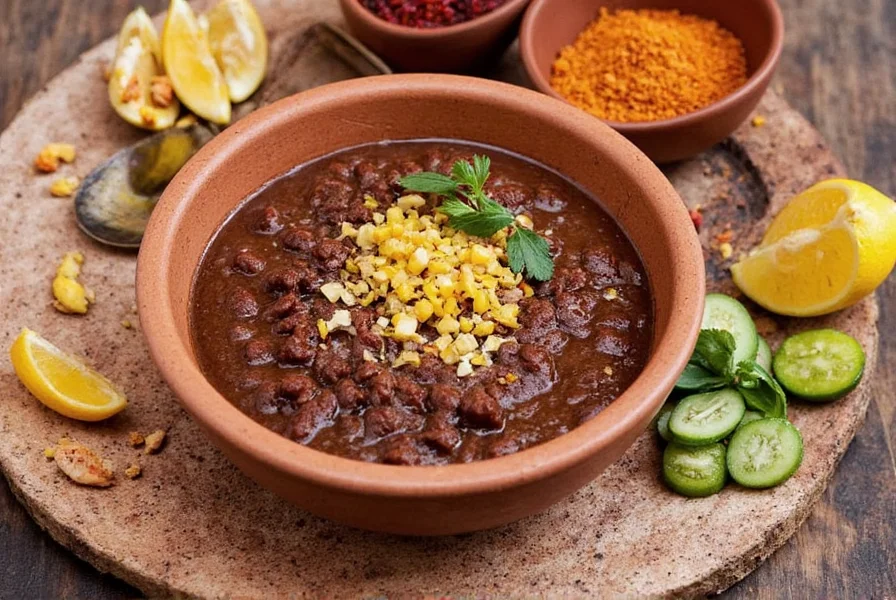
Remember, the key to mastering mole is experimentation and practice. Don't be afraid to try different combinations and see what works best for your palate. With the right tools and knowledge, you'll be able to enjoy the full potential of this incredible sauce.
Now that you've learned how to store, use, and buy mole, it's time to get cooking. Let your taste buds explore the world of mole and discover the magic it brings to every dish.

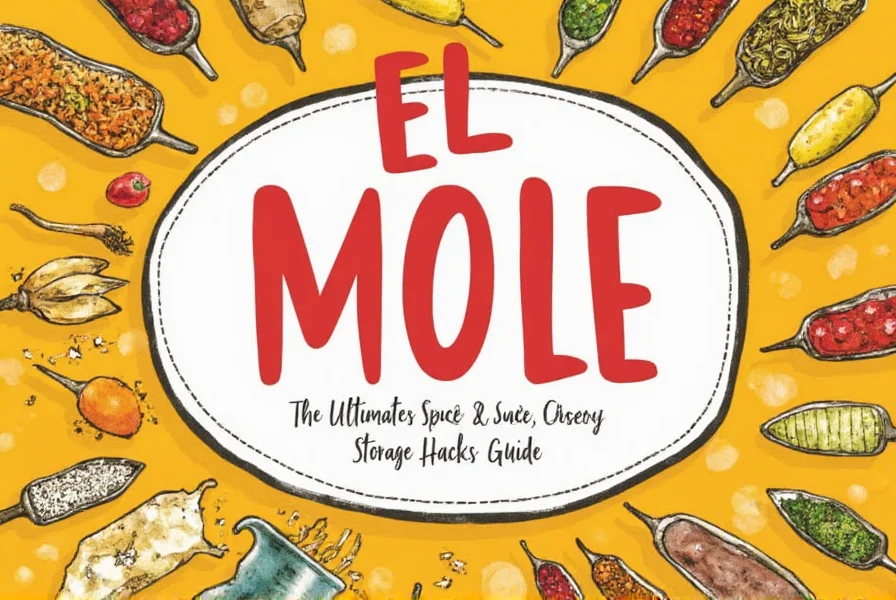









 浙公网安备
33010002000092号
浙公网安备
33010002000092号 浙B2-20120091-4
浙B2-20120091-4